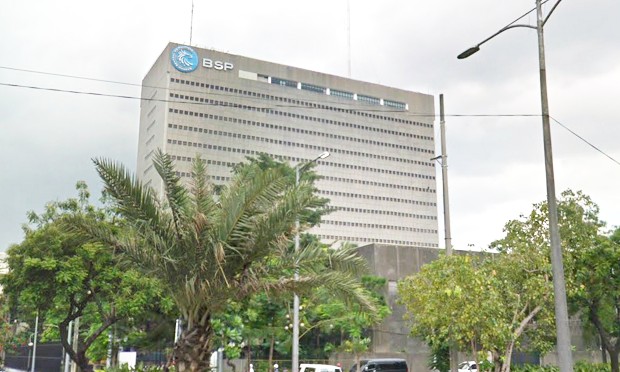The Bangko Sentral ng Pilipinas (BSP) has unveiled its Digital Payments Transformation Roadmap 2020-2023, which charts the central bank’s current initiatives and strategy in advancing a digital payments ecosystem.

The roadmap, which aims to meet the needs and capabilities of individuals and firms, identifies two key strategic objectives:
- First, is the strengthening of customer preference for digital payments by converting 50% of the total volume of retail payments into digital form and expanding the number of the financially included to 70% of Filipino adults by onboarding them to the formal financial system through the use of payment or transaction accounts.
- The second is the availability of more innovative digital financial products and services designed to be responsive to the needs of consumers, enabled by a digital ID (Philippine Identification System or PhilSys), and supported by the availability of a next generation payment and settlement system to facilitate real-time processing of financial transactions.
The objectives, according to the BSP, are anchored on three critical pillars, which are envisaged to successfully transform the cash-heavy Philippine economy into a cash-lite economy:
- The first is the development of digital payment streams (use cases) which will accelerate wider acceptance and use among individuals, businesses, and the government.
- The second is the establishment of the necessary digital finance infrastructure to facilitate interoperability in the digital payments ecosystem, allowing providers to offer a wider array of affordable products and services.
- The third is the implementation of digital governance standards that will safeguard the integrity and privacy of consumer data, and ensure appropriate governance and regulation of digital products and services.
The BSP said the roadmap recognizes the broader challenges to the development of a digital payment ecosystem and financial inclusion, key among which is the state of access to and quality of Internet connectivity. This challenge, it said, may be addressed by exploring the use of satellite communications technology in delivering Internet connectivity to hard-to-reach rural places.
“Our thrust to promote digitalization of payments is also strategically geared towards furthering financial inclusion as we view the two to be mutually reinforcing: They go hand in hand, with each one enabling the other,” according to Benjamin E. Diokno, chairman of the Monetary Board and governor of the BSP.
“With the launch of the Digital Payments Transformation Roadmap, we aim to hit two birds with one stone. We are securing the digitalization of payments, and increasing the number of Filipinos with access to financial services,” Diokno added.
The momentum for pursuing digital payments has also been catalyzed by the recent lockdowns brought about by the Covid-19 pandemic.
Comparing data from March 1 to 16, 2020 and during the ECQ from March 17 to May 31, 2020, a significant decline in the volume and value of check payments and automated teller machine withdrawals was observed, suggesting that consumers are wary of the risk of exposure brought about by face-to-face transactions in the bank.
Meanwhile, PesoNet and InstaPay transactions remarkably increased by 74%, from 18.4 million prior to the Covid-19 lockdown (January 1 to 16 March 2020) to 32.1 million during the enhanced community quarantine (March 17 to May 31, 2020). At the same time, the 2019 Financial Inclusion Survey showed a notable increase in the number of e-money account owners from 1.3% of the adult population in 2017, to 8% in 2019.
E-money providers have also reported record-high increases in their number of transactions and account users during the quarantine period, while latest data on the volume of transactions using PesoNet and InstaPay manifest a sustained shift to digital payments demonstrating a substantial growth of 122% from 23 million to 51.2 million from the first to the second quarter of 2020.
These developments, the BSP said, indicate that there is a growing consumer sentiment to shift towards more digital payments.




